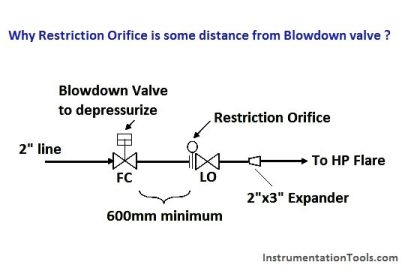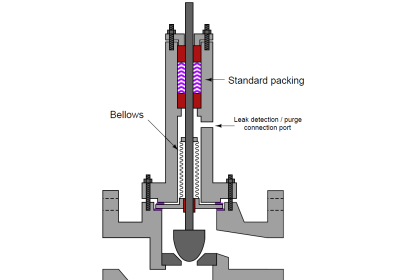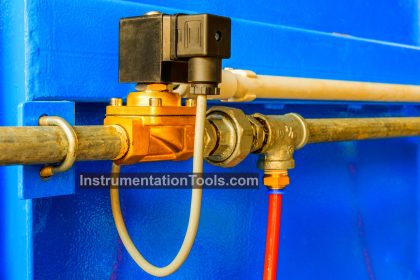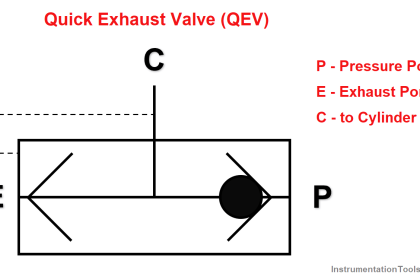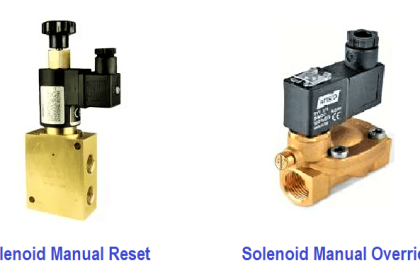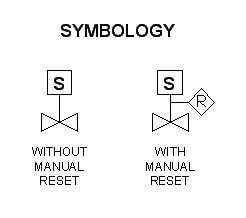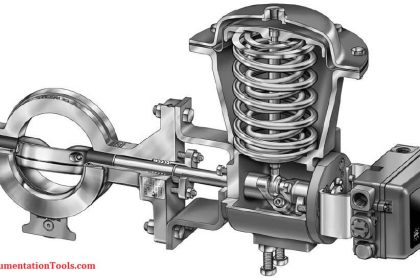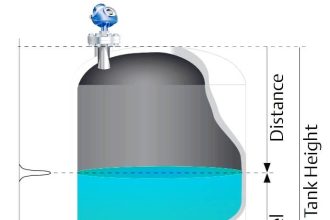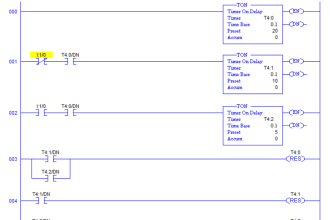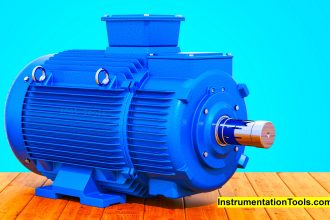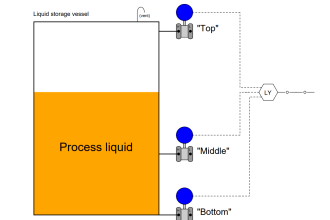The root cause of the problem – a varying pressure drop caused by frictional losses in the piping and other factors – generally cannot be eliminated.
This means there is no way to regain maximum flow capacity short of replacing the control valve with one having a greater Cv rating.
However, there is a clever way to flatten the valve’s responsiveness to achieve a more linear characteristic, and that is to purposely design the valve such that its inherent characteristic complements the process “distortion” caused by changing pressure drop.
Control Valve Trim Characteristics
In other words, we design the control valve trim so it opens up gradually during the initial stem travel (near the closed position), then opens up more aggressively during the final stages of stem travel (near the full-open position).
With the valve made to open up in a nonlinear fashion inverse to the “droop” caused by the installed pressure changes, the two non-linearities should cancel each other and yield a more linear response.
This re-design will give the valve a nonlinear characteristic when tested in the laboratory with constant pressure drop, but the installed behavior should be more linear:
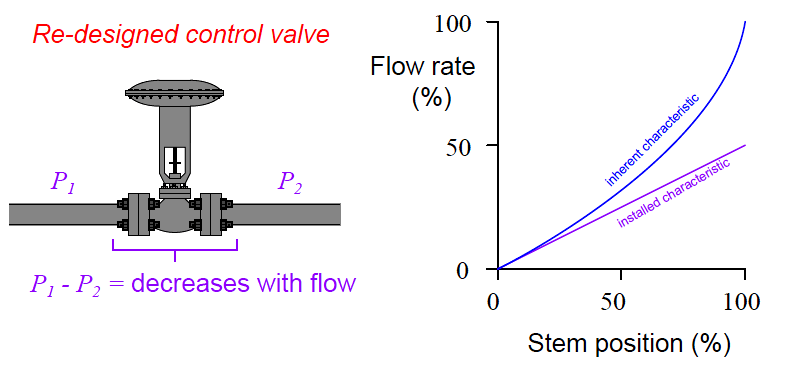
Now, control system response will be consistent at all points within the controlled flow range, which is a significant improvement over the original state of affairs.
Control valve trim is manufactured in a variety of different “characteristics” to provide the desired installed behavior. The two most common inherent characteristics are linear and equal percentage.
“Linear” valve trim exhibits a fairly proportional relationship between valve stem travel and flow capacity (Cv), while “equal percentage” trim is decidedly nonlinear.
A control valve with “linear” trim will exhibit consistent responsiveness only with a constant pressure drop, while “equal percentage” trim is designed to counter-act the “droop” caused by changing pressure drop when installed in a process system.
The Cv for linear and equal-percentage control valve trims are given by the following formulae (Note) :

Where,
Cv = Flow coefficient of control valve at stem position x
Cvm = Flow coefficient of control valve while wide-open (x = 100%)
x = Stem position, as a per unit value (ranging from 0 to 1) inclusive
R = Rangeability coefficient of equal-percentage trim
Note : Note that the equal percentage formula given here can never achieve a Cv value of zero, regardless of stem position. This is untrue for real control valves, which of course achieve Cv = 0 when the stem is in the fully closed position. Therefore, the equal percentage formula shown here cannot be precisely trusted at small stem position values.
Another common inherent valve characteristic available from manufacturers is quick-opening, where the valve’s Cv increases dramatically during the initial stages of opening, but then increases at a much slower rate for the rest of the travel.
Quick-opening valves are often used in pressure-relief applications, where it is important to rapidly establish flow rate during the initial portions of valve stem travel.
The following pair of graphs show quick-opening, linear, and equal-percentage valve characteristics both as they are commonly presented in textbooks as well as based on real control valve data from manufacturer’s datasheets:
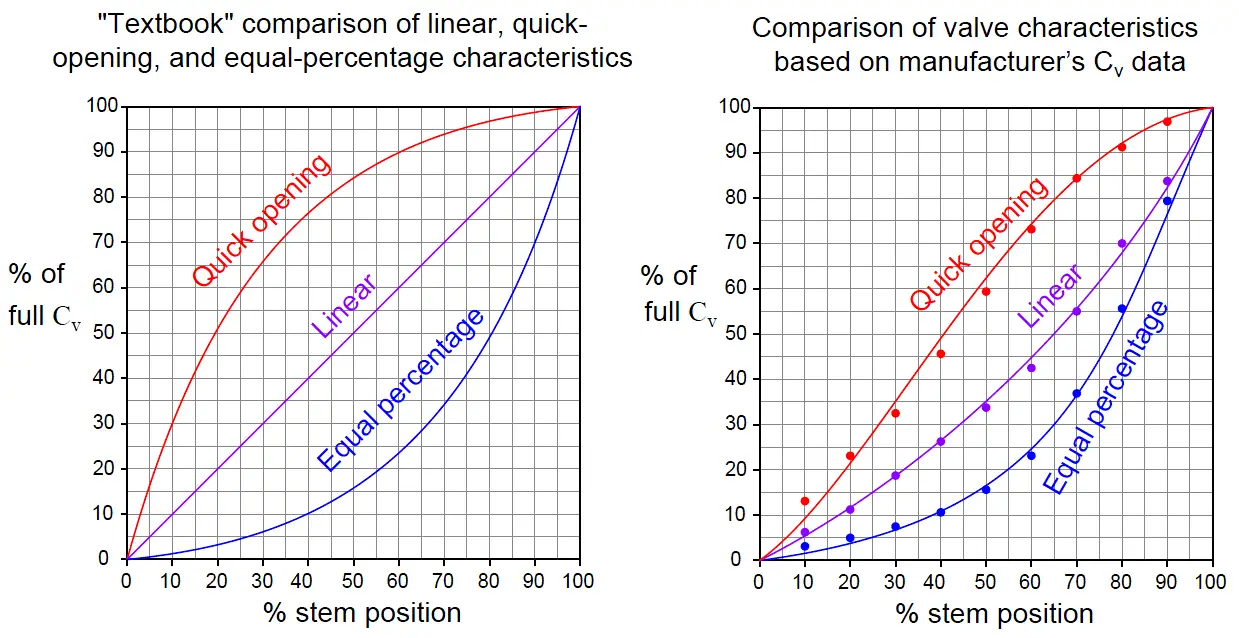
When we compare the performance of an equal-percentage control valve against the linear control valve from the previous scenario (where water flowed from a dam through a long, narrow pipe) using the “load line” plot to determine flow rates, we see that the equal-percentage valve yields a more linear installed response than the inherently linear valve.
You can see how the blue curves on these graphs (representing each control valve’s Cv at 25%, 50%, 75%, and 100% stem positions) are identical only at the wide-open position and differ at all other positions:
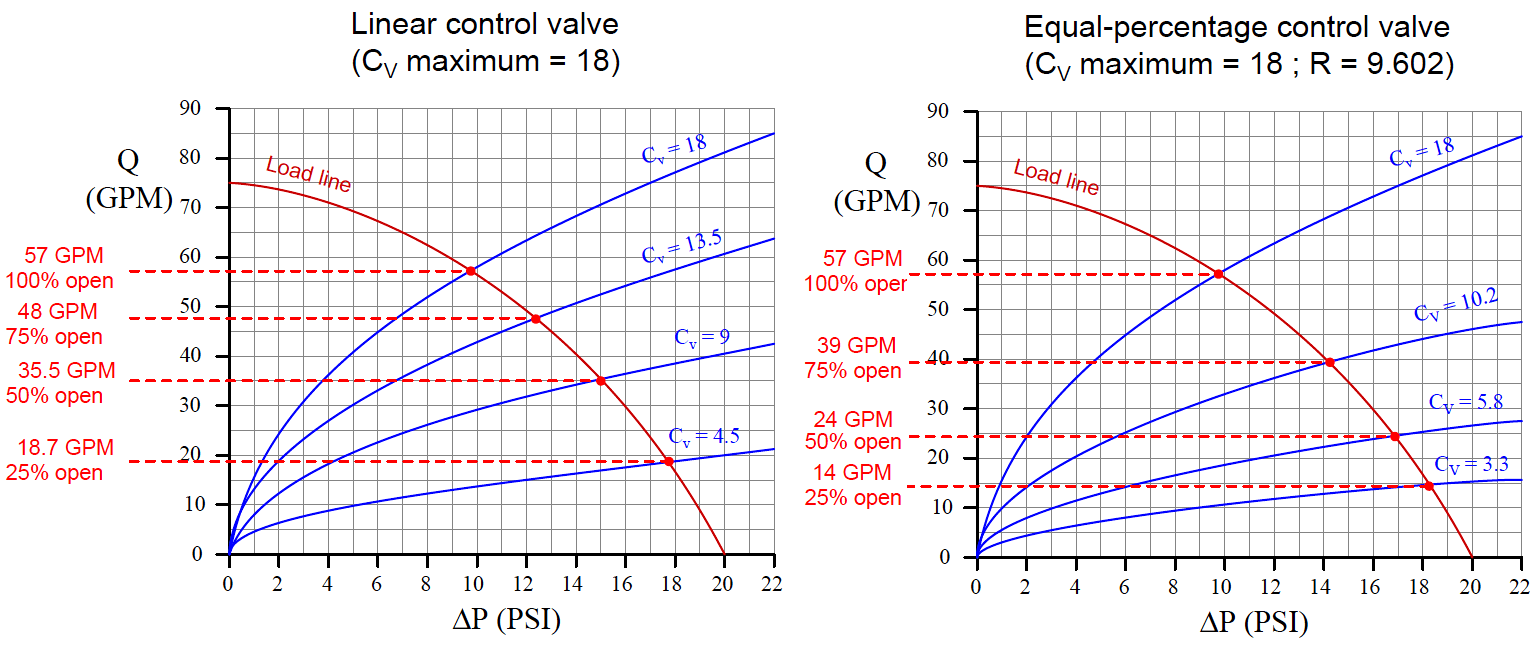

Note that the equal-percentage valve with a maximum Cv of 18 does not yield any greater water flow rate at full-open than the linear valve with the same maximum Cv.
No amount or type of valve characterization can make up for the pressure lost in restrictive piping. What equal-percentage characterization does accomplish is to make the relationship between flow rate and stem position closer to linear than it would be otherwise.
Different valve characterizations are be achieved by different valve trim shapes.
For instance, the plug profiles of a single-ported, stem-guided globe valve may be modified to achieve the common quick-opening, linear, and equal-percentage characteristics:
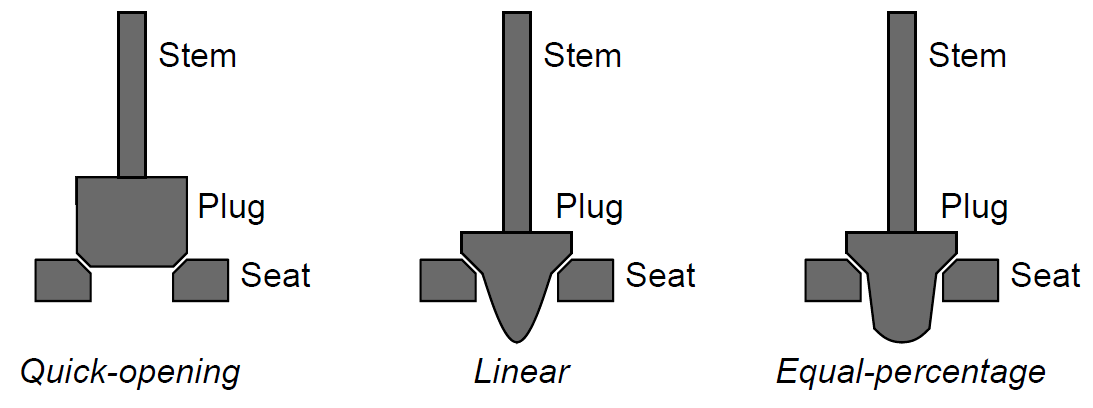
Photographs of linear (left) and equal-percentage (right) globe valve plugs having the same port size are shown side-by-side for comparison:
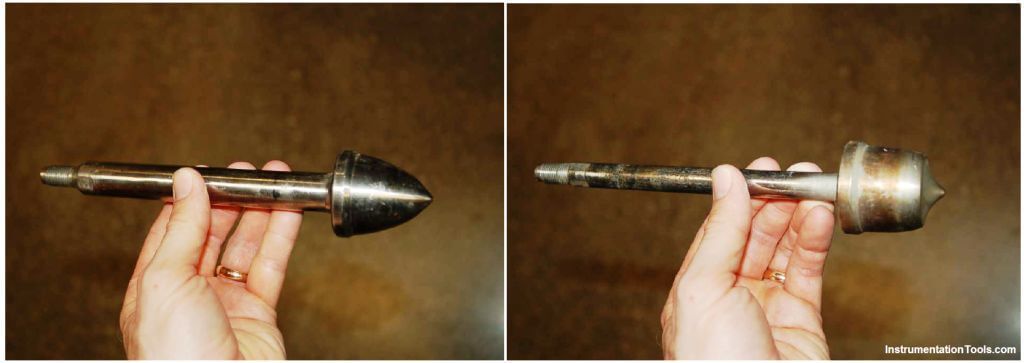
It should be clear (Note) how the equal-percentage plug on the right-hand side retains more of its width along its length than the linear plug on the left-hand side.
This means the equal-percentage plug is more restrictive than the linear plug for a greater portion of its withdrawal out of the seat.
As each plug is drawn out of the seat’s port by the actuator motion, the linear plug “opens up” more aggressively than the equal-percentage plug, even though both plugs are equally open when drawn fully out of the seat’s port.
Note : Also note how the stem diameter of the left-hand (linear) plug is significantly greater than the stem diameter of the right-hand (equal-percentage) plug. This has nothing to do with characterization, and is simply an irrelevant difference between the two plugs.
The truth of the matter is, dear reader, that these are the only two valve plugs I had on hand suitable for illustrating the difference between linear and equal-percentage trim. One just happened to have a thicker stem than the other.
Cage-guided globe valve trim characteristic is a function of port shape.
As the plug rises up, the amount of port area uncovered determines the shape of the characteristic graph:
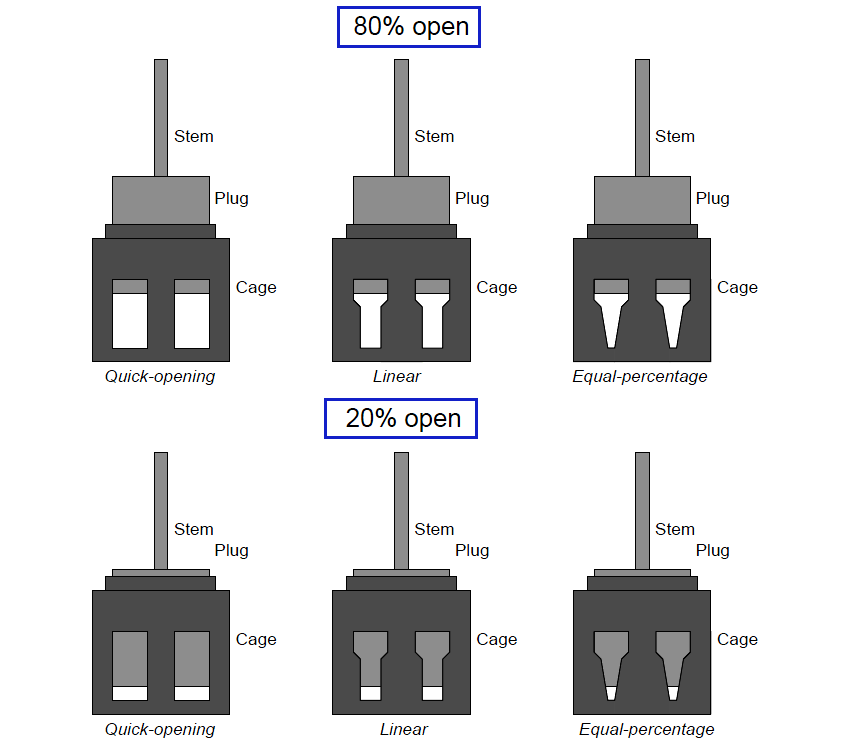
Ball valve trim characteristic is a function of notch shape. As the ball rotates, the amount of notch area opened to the fluid determines the shape of the characteristic graph.
All valve trim in the following illustration is shown approximately half-open (50% stem rotation):

A different approach to valve characterization is to use a non-linear positioner function instead of a non-linear trim.
That is, by “programming” a valve positioner to respond in a characterized fashion to command signals, it is possible to make an inherently linear valve behave as though it were quick-opening, equal-percentage, or anywhere in between.
All the positioner does is modify the valve stem position as per the desired characteristic function instead of proportionally follow the signal as it normally would.
This approach has the distinct advantage of convenience (especially if the valve is already equipped with a positioner) over changing the actual valve trim.
However, if valve stem friction ever becomes a problem, its effects will be disproportionate along the valve travel range, as the positioner must position the valve more precisely in some areas of travel than others when pressed into service as a characterizer.
It should be noted that not all process control loops benefit from control valves with equal percentage inherent characteristics.
There are some process applications, for example, where the pressure drop across a control valve holds relatively constant over a wide range of valve flow rates (Note 1), in which case an inherently linear control valve will indeed yield a linear installed characteristic.
In other words, if the pressure drop across the control valve never changes much, what we have is an “ideal” scenario (i.e. no “droop” or “distortion”) that doesn’t need special valve characterization to behave linearly.
Note 1 : Such applications are typically found when the purpose of the control valve is to regulate process fluid pressure.
Consider, for example, a control valve regulating upstream gas pressure in a vessel by venting gas from that vessel to atmosphere. In such an application, the valve’s upstream pressure (P1) will be nearly constant due to the control loop’s action, and the valve’s downstream pressure (P2) will be constant due to it being atmospheric pressure.
Some other process applications actually work quite well (Note 2) with a quick-opening installed valve characteristic, in which case an inherently linear valve with varying pressure drop at different flow rates suffices.
Ultimately, what matters is the valve stem position’s effect on the process variable and whether that relationship is consistent (linear) over a wide range of operating conditions.
Note 2 : An example of such a process is temperature control through a heat exchanger where the controlled fluid flow regime happens to transition from laminar to turbulent as the control valve opens further: at low stem positions (nearly shut) where the flow is laminar and heat transfer is impeded, large changes in flow rate may be necessary to effect modest changes in temperature; at high stem positions (nearly open) where the flow is turbulent and heat transfer is efficient, only small changes in flow rate are necessary to create modest changes in temperature. In such an application a quick-opening installed characteristic may actually yield more consistent behavior than a linear installed characteristic.
Also Read : Actuator Bench Set
